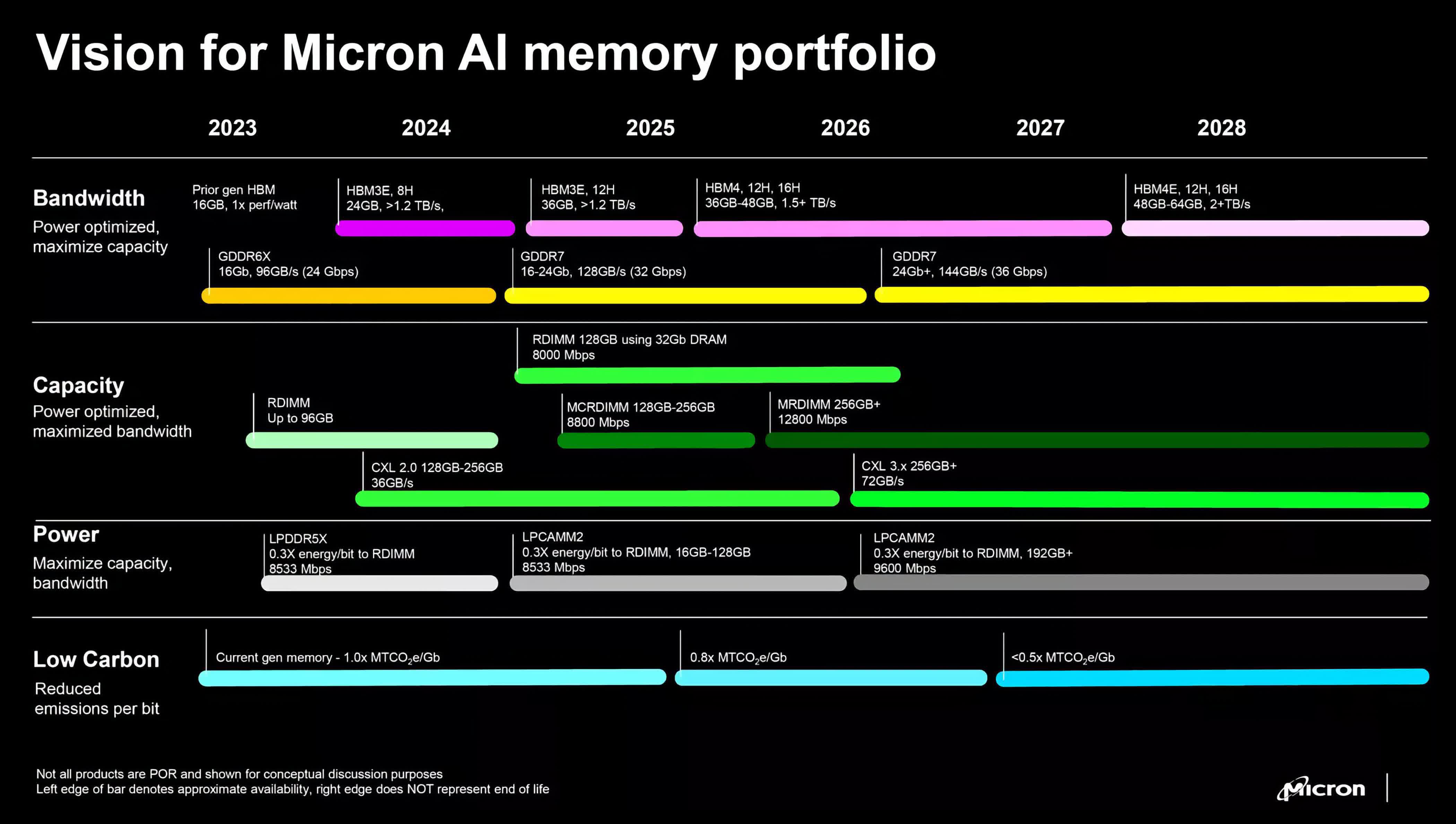T4K3.news
NVIDIA to produce 800000 SOCAMM memory modules this year
NVIDIA plans to enhance its AI lineup with up to 800,000 SOCAMM units for improved performance.

NVIDIA is set to enhance its AI product lineup with 800,000 new SOCAMM memory units for improved efficiency.
NVIDIA plans to produce 800000 SOCAMM units for AI products this year
NVIDIA aims to produce between 600,000 and 800,000 units of its SOCAMM memory this year. This modular memory solution is expected to offer improved performance and efficiency for NVIDIA's AI products. Unlike traditional memory types that are soldered to the device, SOCAMM is designed for easy upgrades, allowing users to swap out memory with just three screws. Announced during the NVIDIA GTC event, the SOCAMM memory is based on LPDDR DRAM and is seen as a key component for the forthcoming GB300 Blackwell platform. The company also has plans to increase production next year, coinciding with the launch of SOCAMM 2. Micron currently manufactures SOCAMM, but discussions with Samsung and SK Hynix are ongoing for potential future collaborations.
Key Takeaways
"NVIDIA is set to produce between 600,000 and 800,000 units of its SOCAMM memory this year"
This quote details NVIDIA's production plans and target numbers for SOCAMM this year.
"With SOCAMM, users can easily upgrade their AI devices without replacing them entirely"
This reflects the advantage of SOCAMM's design in enhancing user experience.
"The dependency on a few manufacturers raises questions about supply chain stability"
This points to a potential risk in NVIDIA's production strategy moving forward.
NVIDIA's commitment to producing SOCAMM memory reflects a growing trend in the tech industry towards modular components that enhance user flexibility. The upgradeable nature of SOCAMM addresses the rapid advancements in AI technology by allowing users to keep their devices current without replacing the entire system. As demand for AI products escalates, especially with the next-generation SOCAMM 2 on the horizon, NVIDIA appears well-positioned to dominate this market segment. However, the dependency on a few manufacturers like Micron raises questions about supply chain stability and production scalability.
Highlights
- Modular memory is a game changer for AI devices.
- NVIDIA leads the way in flexible memory solutions.
- The future of AI memory is upgradeable.
- With SOCAMM, performance meets convenience.
Production dependency raises supply chain concerns
Relying primarily on Micron for SOCAMM manufacturing may create vulnerabilities in production and distribution, especially as demand increases.
This move signals a shift in how memory is integrated into AI products, impacting user experience and product longevity.
Enjoyed this? Let your friends know!
Related News

SK hynix plans to enhance graphics memory for Nvidia

Documentary Investigates Iconic Vietnam Photo Controversy
:max_bytes(150000):strip_icc()/GettyImages-2227392128-f95994034c8f47c38408febb9d015a6c.jpg)
Stock Markets Climb as Earnings Reports Approach

Kendrick Lamar Leads American Music Awards Nominations

British actor emerges as top contender for next James Bond

Cyberpunk 2077 launches on Mac with solid performance
.jpg?width=1200&height=630&fit=crop&enable=upscale&auto=webp)
Mafia: The Old Country performance details announced

Cancer drugs may reverse Alzheimer's effects
